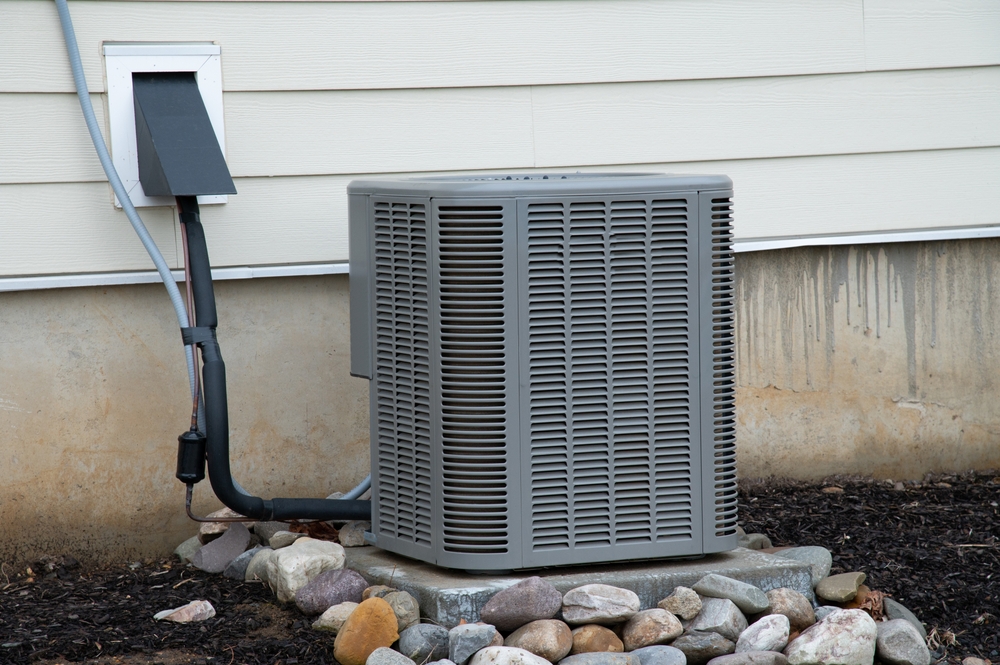Comfort begins with a good night’s sleep. But sleep depends not just on routine also hinges on the surface we rest on. For children, teenagers, students, and even adults in compact spaces, choosing the correct single mattress size plays a vital role. Many overlook mattress dimensions until discomfort or cramped conditions become unavoidable. Understanding the right size and how it fits into your lifestyle changes how you sleep and feel every day.
This article explores the importance of selecting the right single mattress, how to match it with your needs, and why size matters for rest, health, and daily rhythm.
What Is a Single Mattress?
A single mattress is often the first bed a person uses. It suits one person and takes up less space than wider alternatives. This makes it ideal for smaller rooms, bunk beds, guest rooms, or dormitories. While most countries follow standard size ranges, differences in measurements still exist.
In Singapore and many surrounding areas, a standard single mattress measures 91 cm in width and 190 cm in length. Some taller users may prefer longer models, sometimes called super singles. These offer more legroom without needing a double bed.
Understanding your sleep habits helps you decide whether the basic single bed size works or if an upgrade is needed.
Why Size Influences Sleep Quality?
Choosing the right mattress size affects more than just how a room looks. It shapes the entire sleep experience. When a mattress fits the sleeper well, it reduces tossing, supports the spine, and prevents edge roll-offs. A poor match creates restlessness, especially for taller or active sleepers.
For growing children, the wrong size might limit their ability to stretch or shift comfortably. For adults in tight spaces, size can mean the difference between waking refreshed or sore.
Breathing room matters. A bed should feel like a resting place, not a tight corner. Selecting the best single mattress size for optimal sleep quality begins with these key ideas.
Who Needs a Single Mattress?
Not all sleepers need large beds. Single mattresses work well for several groups:
1. Children and Teenagers
- They need space to grow, sleep safely, and build sleep routines. A single bed offers enough room without overwhelming small bedrooms.
2. University Students
- In hostels or shared housing, space-saving designs matter. A well-sized single mattress ensures comfort while keeping floor area open.
3. Guest Rooms
- For occasional visitors, a single mattress fits most needs. It can even slide under another bed when not in use.
4. Adults in Compact Homes
- Single beds work in studio flats, helper rooms, or multipurpose rooms. When matched with quality support, they meet daily needs comfortably.
Factors to Consider Before Choosing Your Mattress Size
Before picking a mattress, think through these aspects:
1. Body Size
- Taller or larger individuals need more space. A single mattress may work for some, but not all. Test the length by lying flat with arms at your side.
2. Room Space
- Measure the room. Leave space for walking, drawers, or bedside items. Avoid wall-to-wall beds unless needed.
3. Sleep Habits
- Do you toss or stay still? Side sleepers often use more space than back sleepers. Children who move during sleep need edge space to stay safe.
4. Bed Base Compatibility
- Frames come in fixed sizes. Choose one that fits your planned mattress size exactly. Gaps or overlaps reduce comfort.
5. Future Plans
- Is this mattress for a growing child? Will the room stay the same in a year? Plan ahead so your choice lasts longer.
Standard Mattress Sizes Explained
Before buying, it helps to compare common bed sizes. The following table gives a quick overview:
Mattress Size Comparison Table
|
Mattress Type |
Width (cm) |
Length (cm) |
Best For |
|
Single |
91 |
190 |
Children, students, and small spaces |
|
Super Single |
107 |
190 |
Teenagers, tall users, more movement |
|
Queen |
152 |
190 |
Couples or single adults who sprawl |
|
King |
183 |
190 |
Large rooms, couples with children |
This table shows that single beds offer the smallest footprint without sacrificing sleep quality when chosen wisely.
How Mattress Size Affects Room Layout?
Space planning matters, especially in Singapore, where room sizes can be modest. A mattress that feels right during testing may not suit your actual room once furniture is in place.
Here are some tips:
- Leave 60–90 cm of space beside the bed to walk easily.
- Allow at least 30 cm at the foot of the bed for access.
- Avoid placing beds under windows unless well shaded.
- In shared rooms, align single beds parallel to the walls to free space.
These layout ideas ensure your sleep setup supports both comfort and movement.
Choosing the Best Single Mattress Size for Optimal Sleep Quality
Sleep quality links to how well your mattress matches your body and habits. When choosing a single bed, ensure it meets key comfort points:
1. Support
- The mattress should align the spine. Firmness varies by body type. Try several before deciding.
2. Movement Space
- You should roll or stretch without hitting the edge. The best size is the one that fits your motions.
3. Temperature
- Bigger mattresses breathe better. If your room traps heat, choose a slightly larger single or better material.
4. Bed Frame Fit
- The mattress should sit snugly. Wobbly frames or oversized mattresses shorten bed life and reduce comfort.
Comfort grows when all these parts work together.
Signs Your Mattress May Be the Wrong Size
Sometimes, discomfort isn’t due to poor material—it’s the size that causes strain. Watch for these signs:
- Feet dangle off the edge
- Arms press against the side rails
- The bed feels tight even when sleeping alone
- Daily soreness without a clear cause
- Rolling causes bed shakes or edge slips
If any of these sound familiar, you may need to reconsider your mattress dimensions. Sleep changes over time, and so should your setup.
Upgrading from Single to Super Single: Is It Worth It?
Many people wonder if a super single offers enough change to justify the extra space. Here’s when an upgrade makes sense:
- You’re taller than 175 cm
- You roll often or sleep on your side
- Your room allows for wider furniture
- You want a bit more room without shifting to a queen size
Super singles offer a small change in space but a large shift in comfort. Always test one in-store before switching.
Additional Tips for a Good Night’s Sleep
Choosing the right single bed size is just the first step. Combine it with these habits to improve overall rest:
- Stick to a regular sleep time
- Use blackout curtains to block light
- Keep electronic devices out of bed
- Wash sheets weekly
- Rotate the mattress every few months
A clean, calm, and correctly sized space promotes deeper sleep and better mornings.
Conclusion
A good mattress creates more than just rest. It supports growth, resets your energy, and shapes your daily rhythm. For children, students, and adults in smaller spaces, the single mattress size brings simplicity without sacrifice. It offers enough space for comfort and leaves room for living, studying, and moving.
By measuring your space, knowing your sleep habits, and choosing the right match, you create a sleep setup that works hard for you. Don’t settle for “just enough”—go for fit, function, and long-term comfort. Choosing wisely now ensures nights of better rest and brighter mornings to come.






